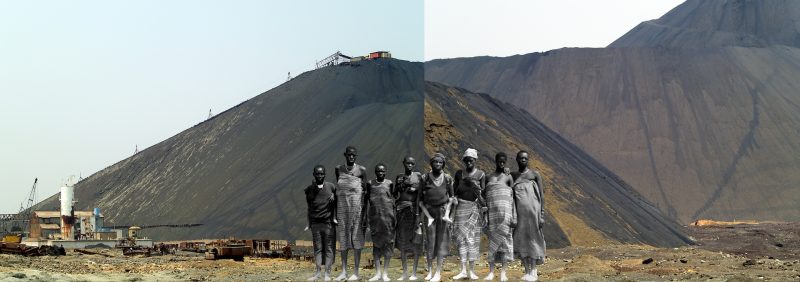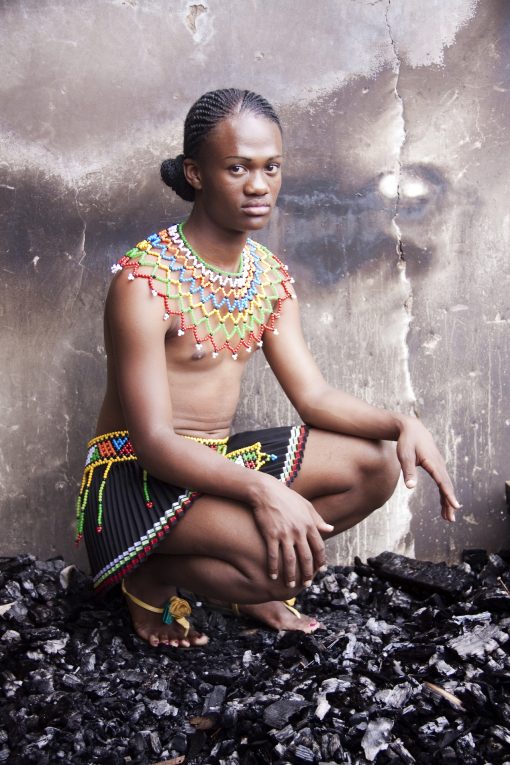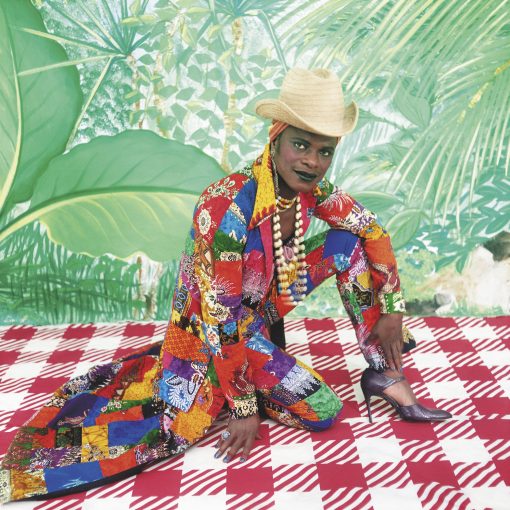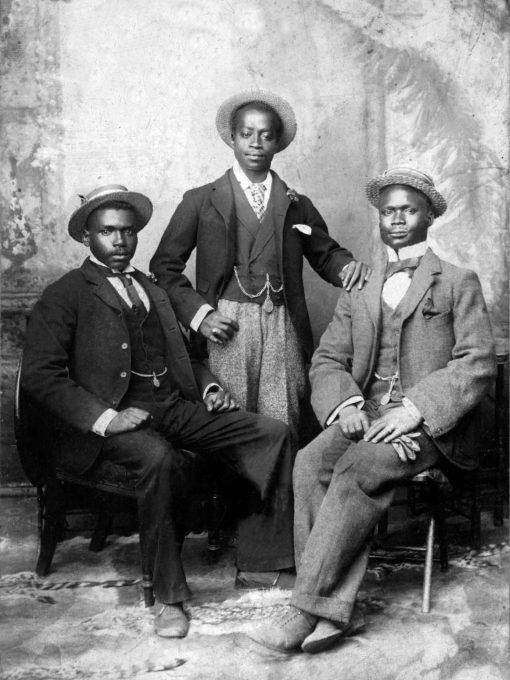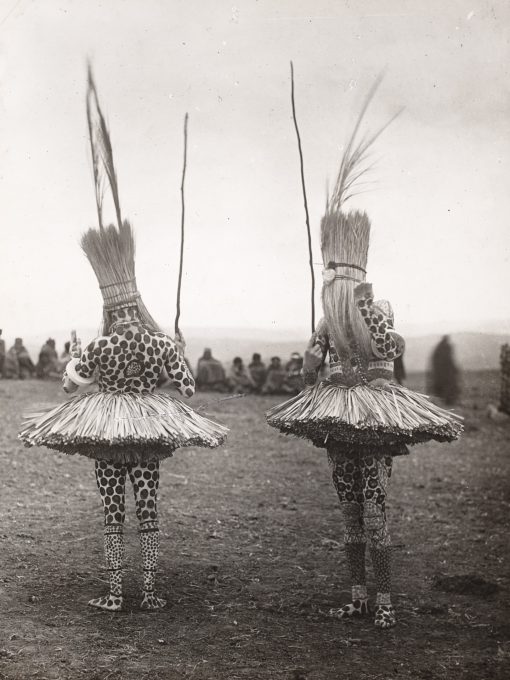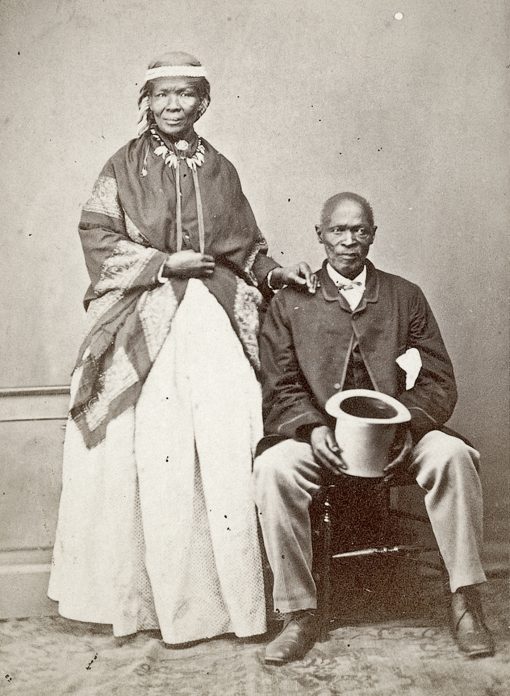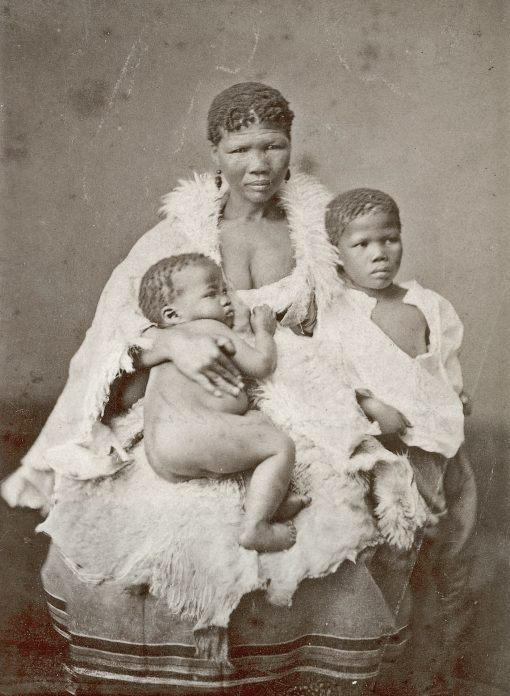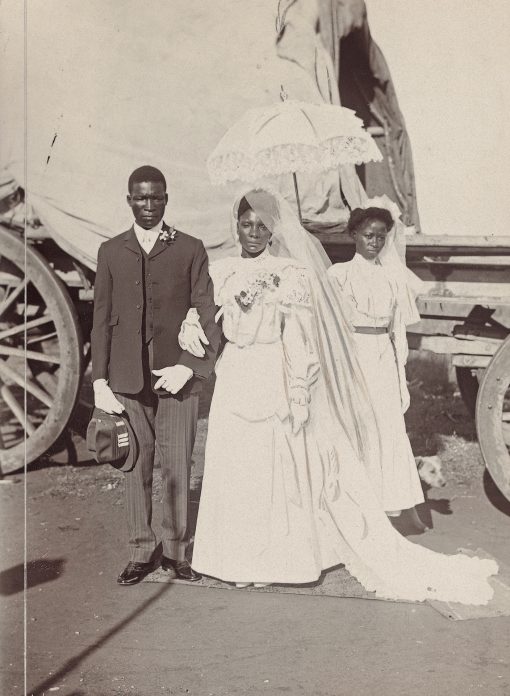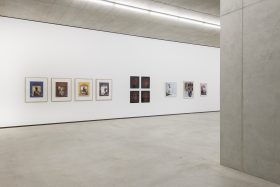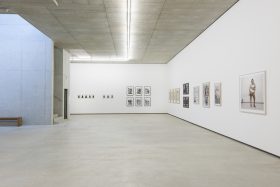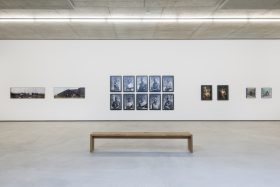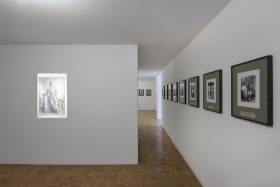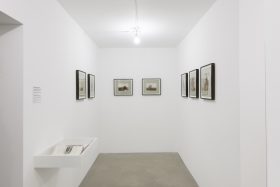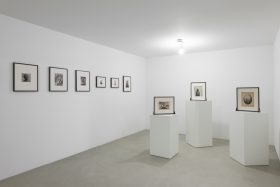Distance and Desire
Encounters with the African Archive
6/9/2013 — 6/9/2014

6/9/2013 — 6/9/2014
Distance and Desire: Encounters with the African Archive, curated by Tamar Garb, brings together late-nineteenth and early-twentieth-century portraits, cartes de visite, postcards, album pages, and books from Southern and Eastern Africa, set in dialogue with recent photography and video by contemporary artists who have engaged with photographic archives.
Distance and Desire offers new perspectives on the legacy of anthropological and ethnographic visions of Africans, reimagining the poetic and political dimension of the archive, its diverse histories, and its changing meanings. The exhibition unfolds in three thematic sections, presented throughout The Walther Collection's three exhibition buildings.
Centering on contemporary photography and video by artists engaging with photographic archives, "Contemporary Reconfigurations," on view in the White Cube, shows how a stereotype or ethnographic vision in one era provides material for an irreverent reworking, satirical performance, or elegiac reenactment in another. Featuring new and recent work by Philip Kwame Apagya, Jodi Bieber, Sammy Baloji, Candice Breitz, Kudzanai Chiurai, Samuel Fosso, Attilio Gatti, David Goldblatt, Zwelethu Mthethwa, Zanele Muholi, Sabelo Mlangeni, Andrew Putter, Jo Ractliffe, Berni Searle, Guy Tilim, Carrie Mae Weems, and Sue Williamson.
In the Black House, a juxtaposition of Alfred Martin Duggan-Cronin's The Bantu Tribes of South Africa and Santu Mofokeng's The Black Photo Album / Look at Me: 1890-1950 introduces the concept of the photographic archive as both a repository of documents and an assemblage of representations. Duggan-Cronin's monumental, early-twentieth century study is renowned and contested for preserving an ethnographic vision of African heritage. In contrast, the urban studio portraits Mofokeng collected in The Black Photo Album challenge ideas of the "native type" most often associated with photographic depictions of Africans.
The cornerstone of Distance and Desire, "Poetics and Politics" is a presentation of vintage portraits, cartes de visite, postcards, and album pages, produced in Southern and Eastern Africa from the 1860s to the early twentieth century.
The exhibition, on view in the Green House, raises critical questions about the politics of colonialism, its manifestation in the picturing of people, and the role of photography in negotiating the complex issues of gender, race, and identity.
For further information, please see our exhibition guide.
